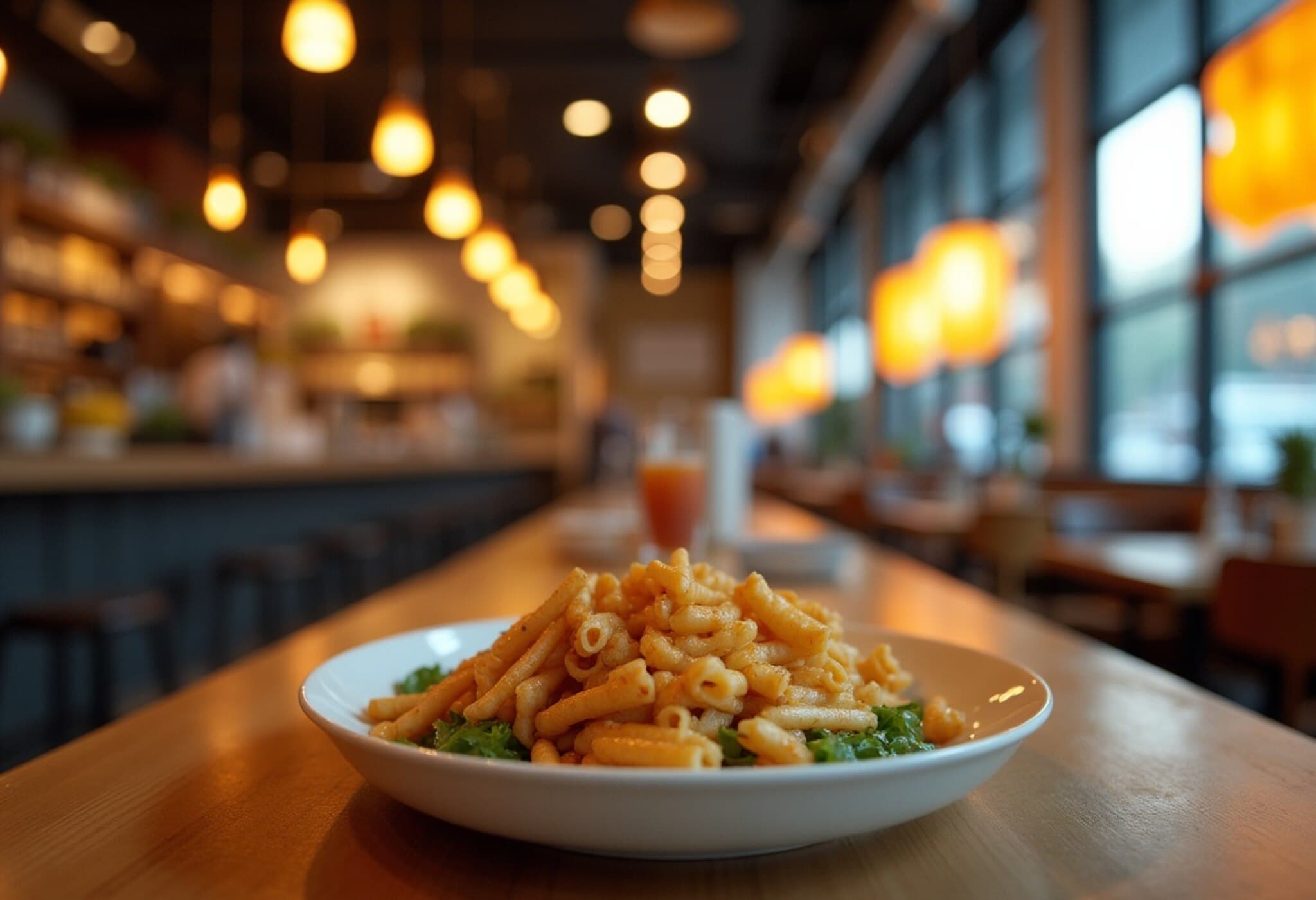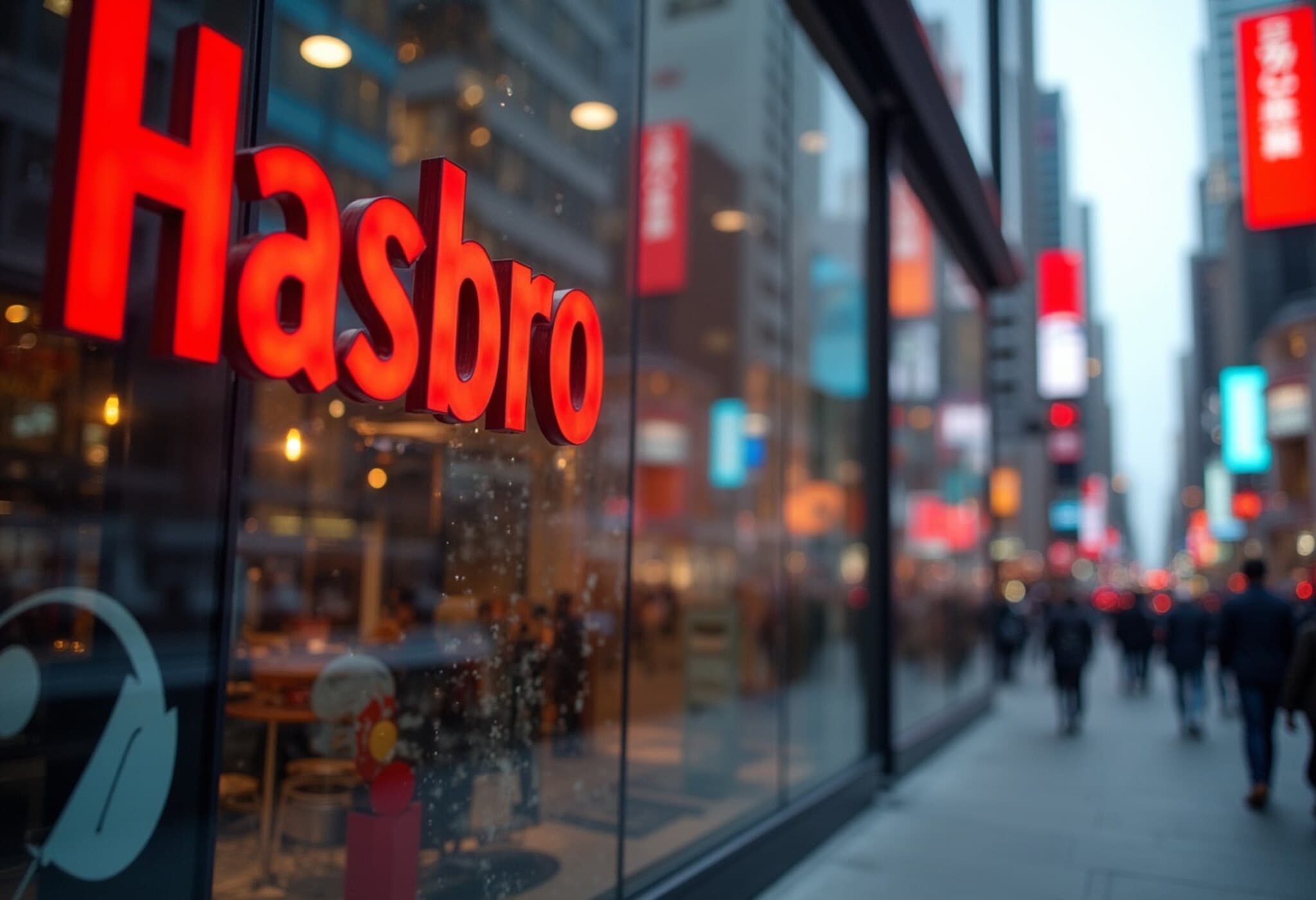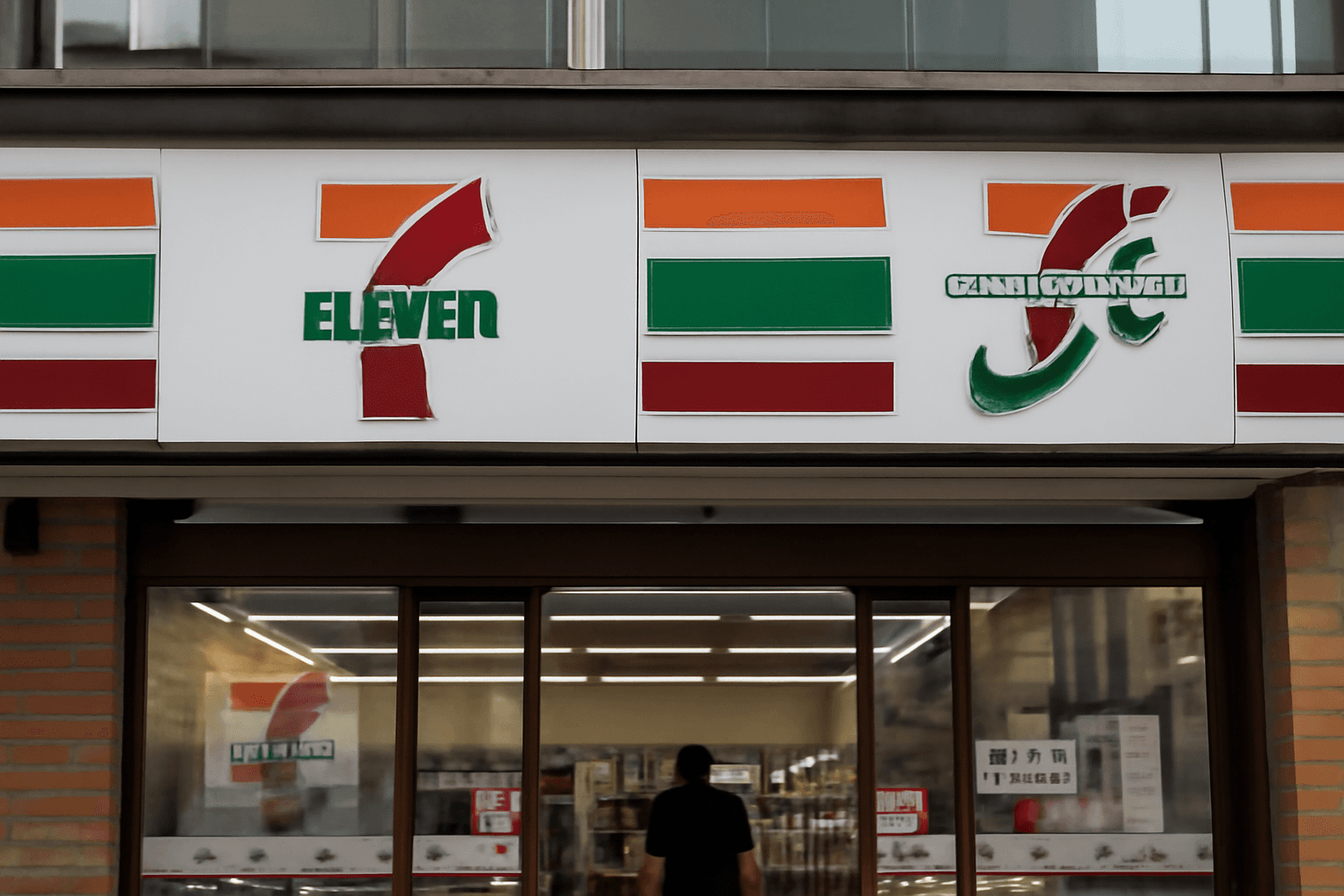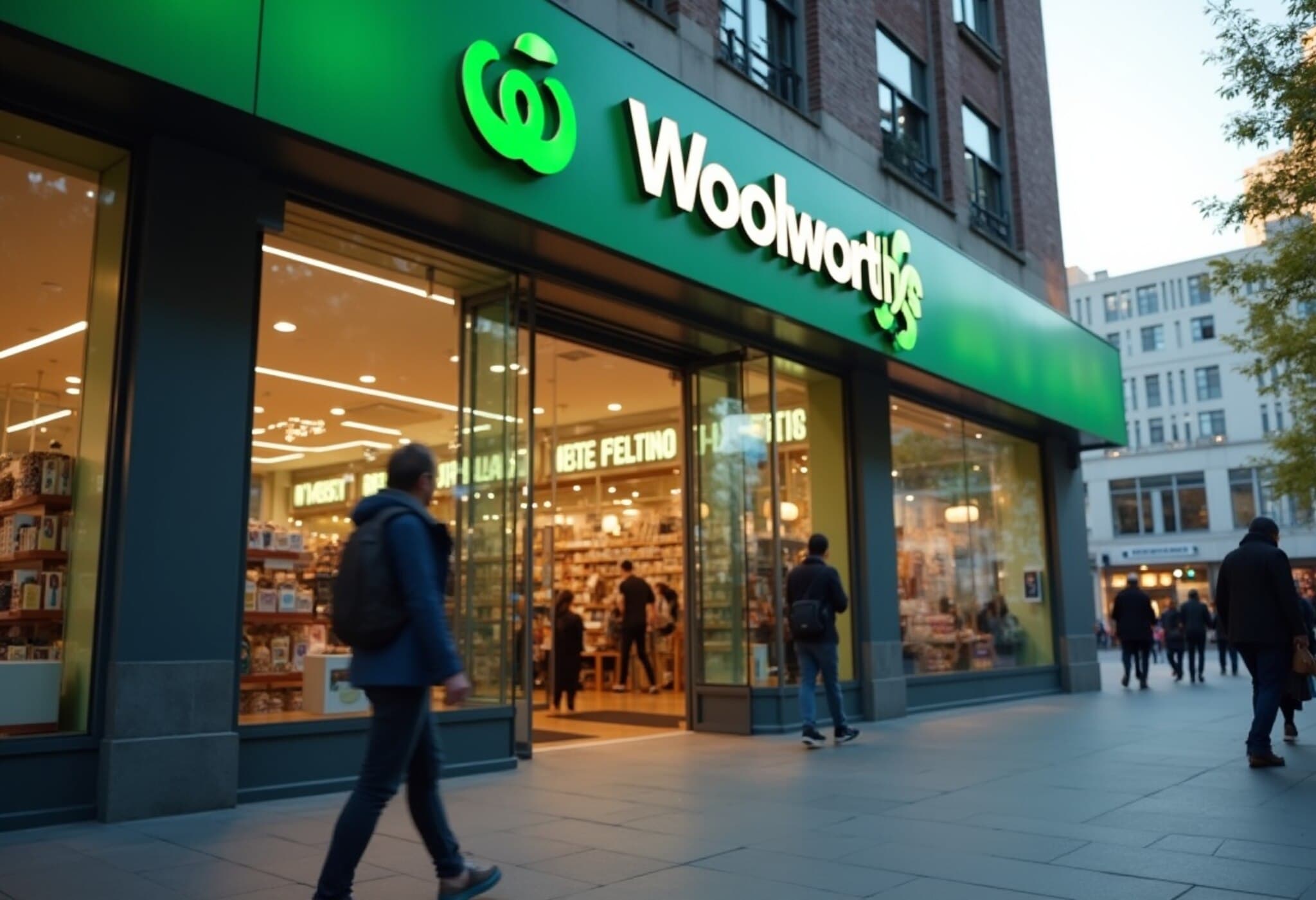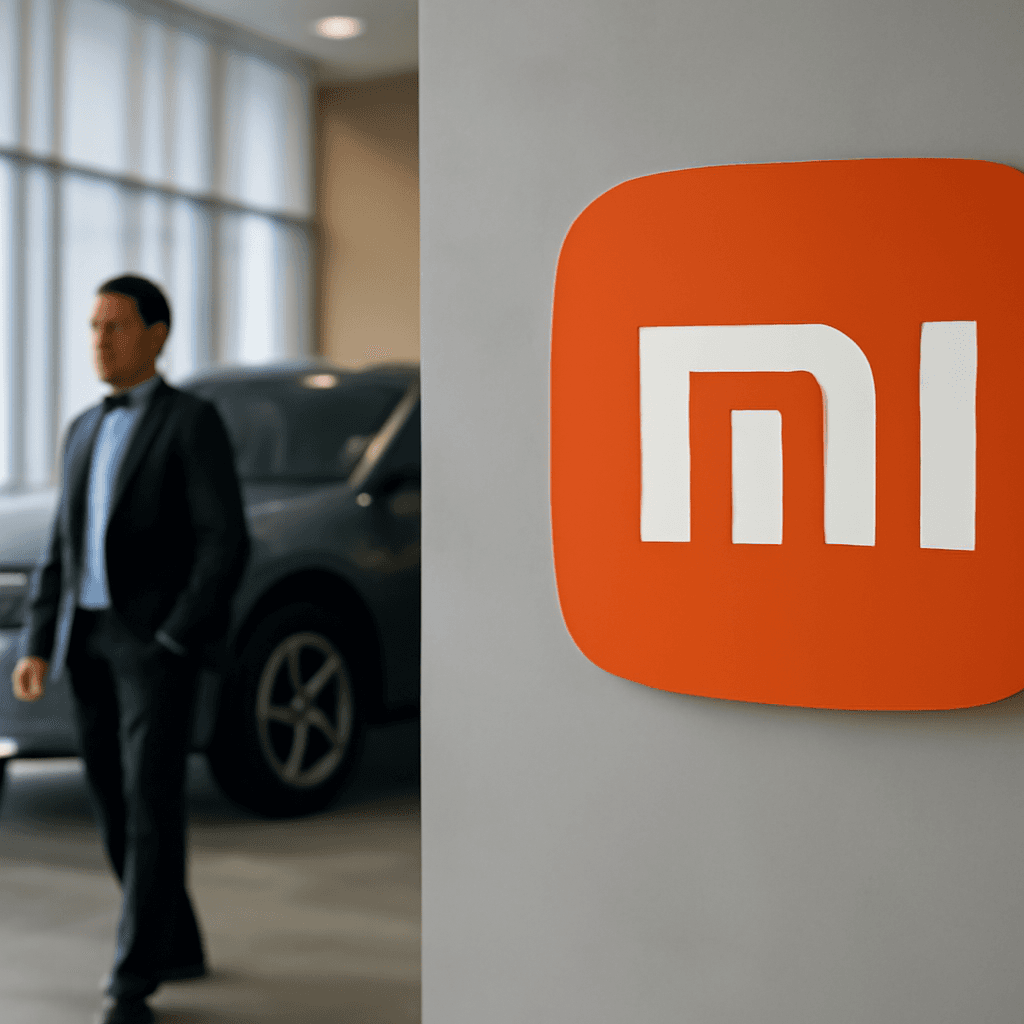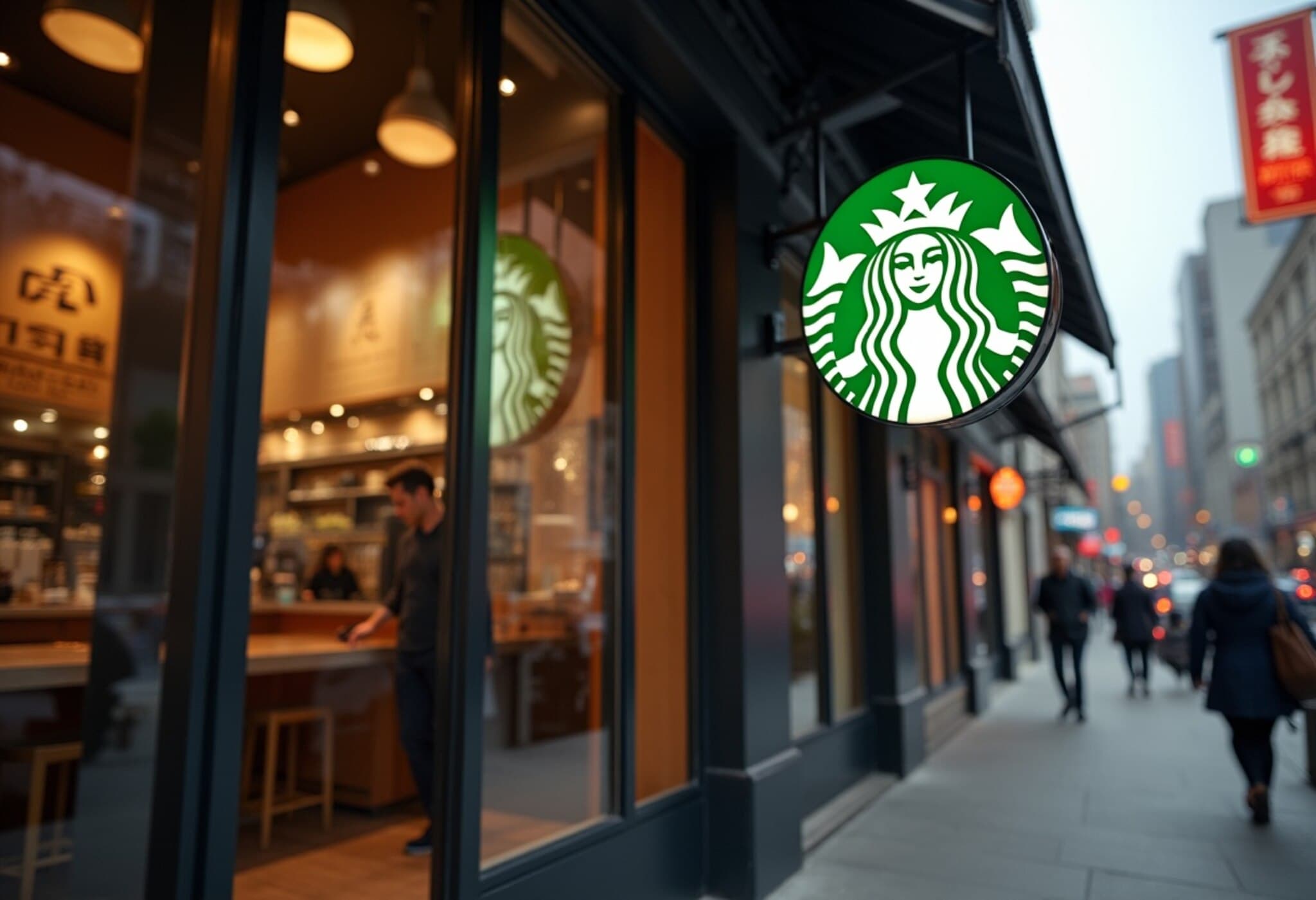Ikea Drastically Cuts Meal Prices to Support Cost-Conscious Customers
Ikea is taking bold steps to ease the financial strain on consumers by slashing prices at many of its in-store restaurants by as much as 50%. Alongside these steep discounts, the Swedish retail giant will also offer free meals for children during weekdays, aiming to help families stretch their budgets amidst ongoing economic challenges.
While the company hasn’t disclosed when these price reductions will roll out, the move signals a clear response to falling consumer confidence and heightened cost-of-living pressures. "People are holding tight to their money," said Ikea's Chief Operating Officer for Retail, highlighting the cautious spending behavior many shoppers are now adopting.
Expanding Horizons: New Culinary Offerings and Asian Flavors
In addition to price cuts, Ikea plans to diversify its food menu by introducing new items that highlight Asian cuisine and flavors. This initiative is expected to attract approximately 8 million new customers globally. Notably, falafel will soon make its debut at Ikea's restaurants and Swedish food markets, enriching the brand's culinary repertoire and appealing to a broader audience.
Growth Strategy: New Stores and Market Expansion
Despite the challenges, Ikea intends to open 58 new stores worldwide during its fiscal year 2025, which concludes in August. The company recently launched its first store in Seoul, marking its fifth location in South Korea. This expansion underscores Ikea’s long-term commitment to global markets even as it navigates short-term economic pressures.
Standing Out Amid Rising Retail Prices Elsewhere
Unlike many Western retailers such as Walmart, Target, and Nike, which have raised prices to offset increased tariffs and import costs, Ikea is bucking this trend by absorbing some of these expenses to keep prices down. While higher tariffs inevitably add inflationary pressure, Ikea has opted to minimize the impact on customers, particularly in the U.S. market.
Focus on China: Combating Sluggish Demand with Price Cuts and Product Innovation
China, a critical market with 39 stores nationwide, has seen a dip in its contribution to Ikea's global sales, dropping to just 3.5% in the 2023-24 fiscal year. With consumer optimism at a two-year low, price reductions are essential to regain momentum and defend market share against aggressive local competition.
Tapping into China's "silver economy," Ikea is also broadening its product range to better serve an aging population projected to reach 30% of the total population by 2040. This demographic tends to have greater disposable income, and Ikea is adapting by launching home furnishings designed for multi-generational households.
"We’re testing new bedding and other products to accommodate the unique needs of older consumers," Ikea’s COO explained, reflecting a strategy that blends affordability with demographic insight.
Food and Furnishing: Dual Pillars for Market Resilience
Retail experts emphasize that expanding food offerings is a strategic bet, as food and beverage remain some of the few offline sectors where consumer spending persists in China—even if customers focus less on price and more on experience and quality.
Looking Ahead: Balancing Growth, Affordability, and Market Share
Although lowering prices has cost Ikea around 2.1 billion euros in the past year, the company views this as an investment to stimulate demand and strengthen customer loyalty during uncertain times. As one analyst observed, Ikea’s experience in delivering competitively priced products globally gives it an advantage, but the sustainability of these price cuts remains a key question.
By combining aggressive pricing strategies with product innovation tailored to diverse markets, Ikea aims to navigate a complex retail landscape while keeping shoppers at the heart of its approach.

